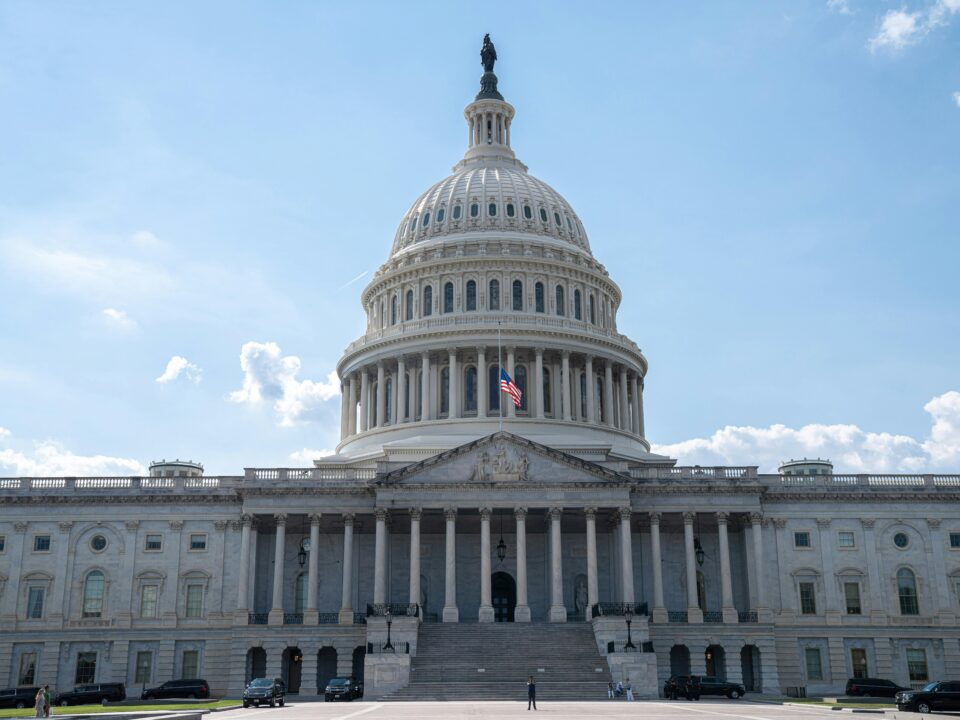
Best Places to Work in Vermont 2021

Firm Victory: Court Dismisses Case Regarding Unpaid Overtime Wages
To say that 2020–and now, 2021—was a year of growth would be a vast understatement. The world is forever changed, day-to-day life is forever changed, and nowhere is this more prevalent than in health care. The COVID-19 pandemic stretched the U.S. health care system to its limits, and well beyond, but in the face of adversity the health care industry is emerging stronger.
Telehealth is having its moment. COVID-19 restrictions prompted an abrupt–almost instant—reliance on telehealth and other remote health monitoring systems. In March 2020 alone, the use of telehealth services increased by 154%. [i] Telehealth expands beyond the classic model—video conferencing with a provider—to countless opportunities for consumer engagement. Rapid development in digital devices and increased reliance on health-centric applications (apps) predict an exponential rise in consumer products, apps, and interoperability. Aspiring tech developers, now is the time to pitch your idea for a consumer health app.
While telehealth does enable access to health services and engagement, there remain barriers to access for individuals who do not have adequate resources. This is an area of increased focus and growth for developers and internet service providers as well as for state and federal regulators.
Health equity tops the priority list. One of the most devastating effects of COVID-19 was the disproportionate impact it had on Black, Indigenous, and People of Color (BIPOC) communities[ii], exposing systemic failures and opportunities for growth in health care. Industry leaders are responding with comprehensive plans to address health equity, diversity, inclusion, and belonging, including: access to services, addressing systemic bias, workforce diversity, and strengthening public health programs that address wellness and social determinants of health.
Consumer-centric regulations empower consumers to more actively engage in health care. Regulations that actually pre-date COVID-19 are reshaping the way consumers access their own health data. The Information Blocking Rules[iii] allow consumers to access their electronic health information with fewer barriers, at little to no cost, and through new channels, including health care apps. Health care providers are now required to release information to patient portals without delay. You may have noticed that lab results are now available on your patient portal prior to consultation with your provider. The rules strive to empower consumers to access and engage in decisions about their own health care and promote the development of consumer-friendly health care apps and technology.
Unlike other industries, pricing in health care is not always apparent. Several factors mask health care pricing, including rates negotiated with health insurance companies and government payers, bundled services, and a lack of accessible data for comparison. New health care price transparency rules require hospitals to provide a consumer-friendly list of standard charges, including negotiated rates with insurance companies. The goal is simple, to enable consumers to make more informed choices through price comparison.
Empowering consumers to make informed decisions about their own health care is expected to increase health care quality and patient-centric interventions. Informed consumers are more likely to invest and engage in their care beyond the clinic.
And the list goes on. There will be countless developments in health care in the next few years, with a focus on empowering consumers and applying hard lessons learned from COVID-19, including: access to mental health and substance use disorder services, strengthening health care supply chains, bundled pricing and value-based care, the use of artificial intelligence, and the list goes on.




